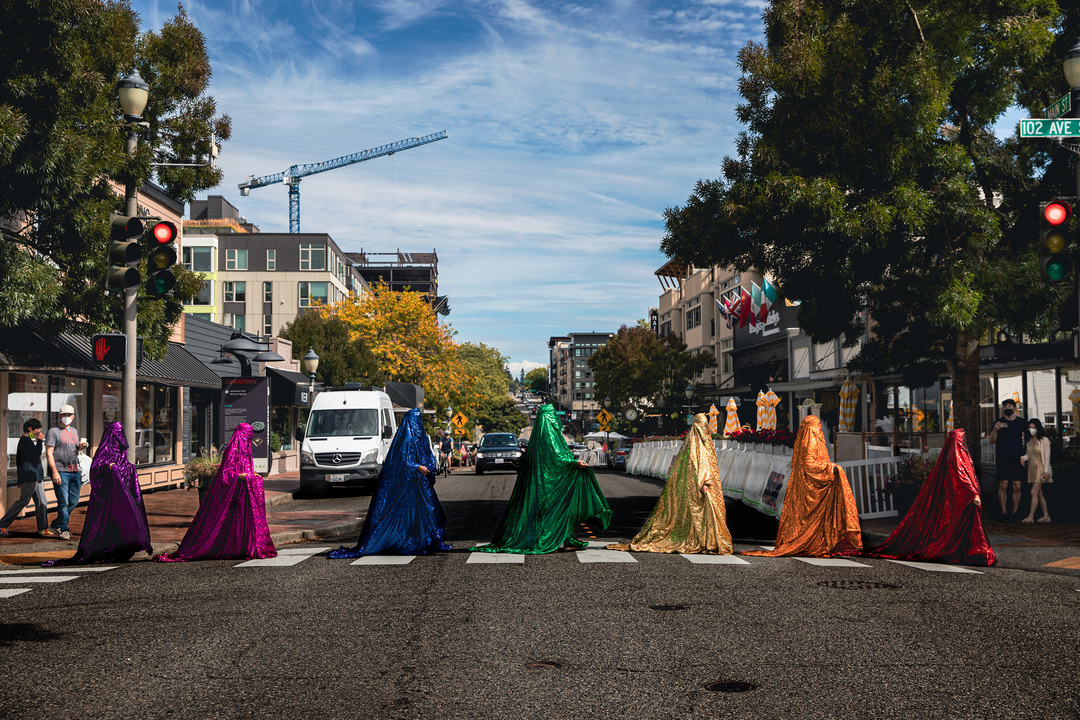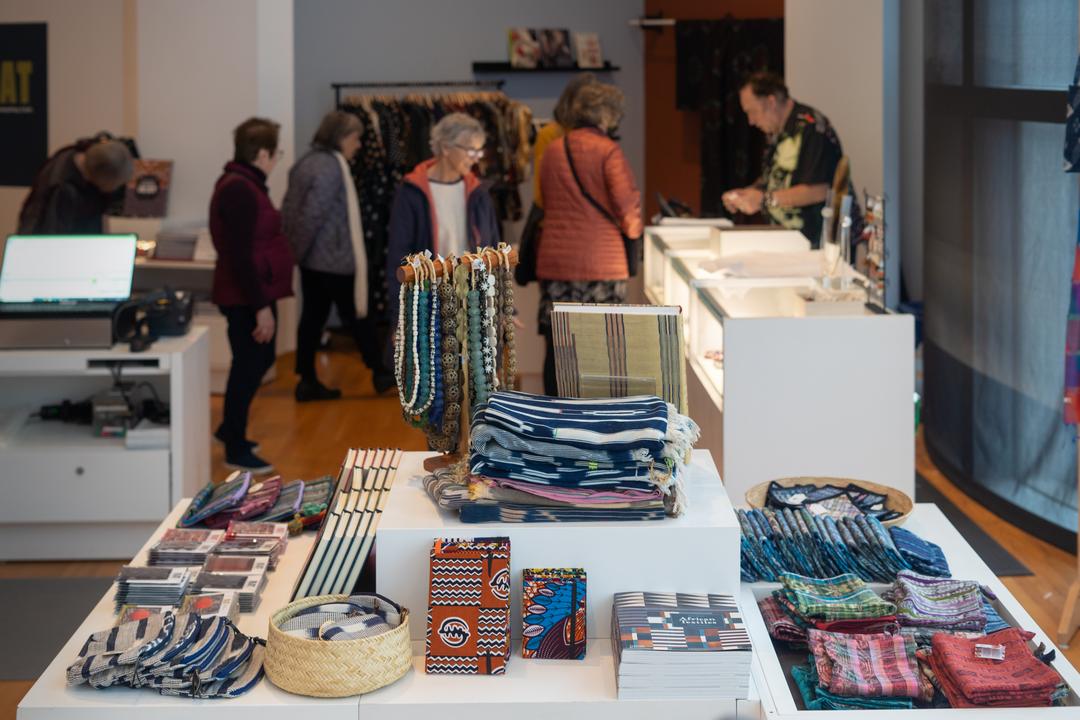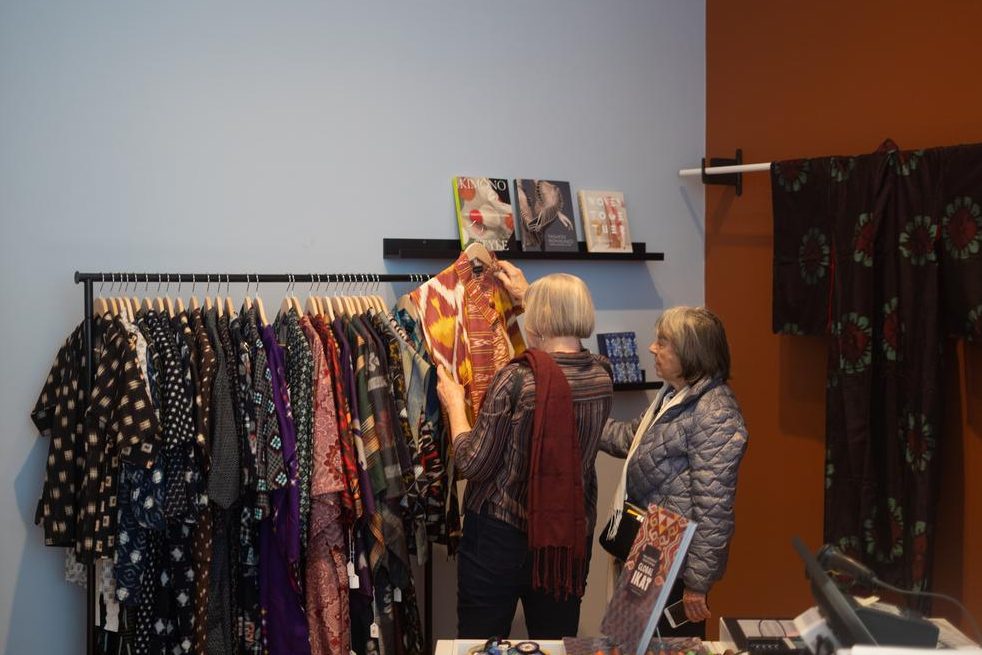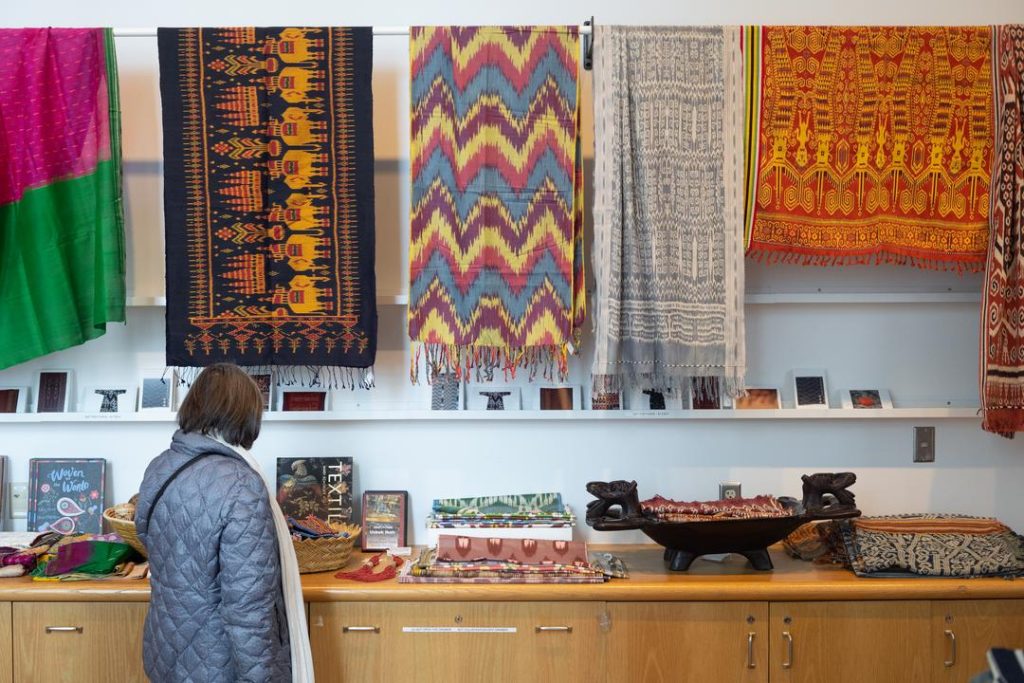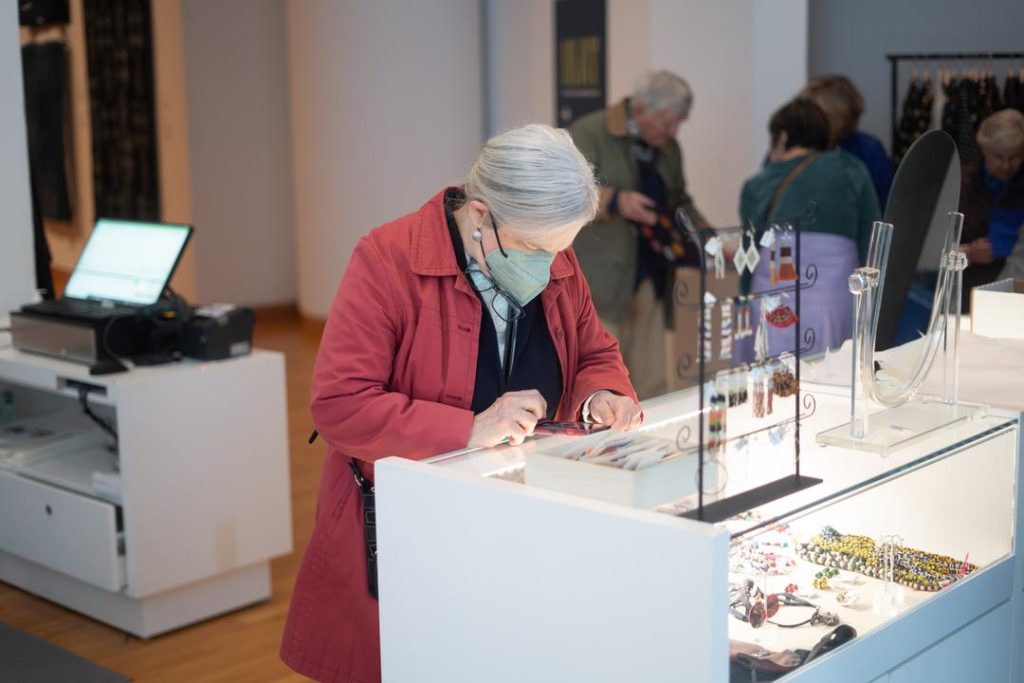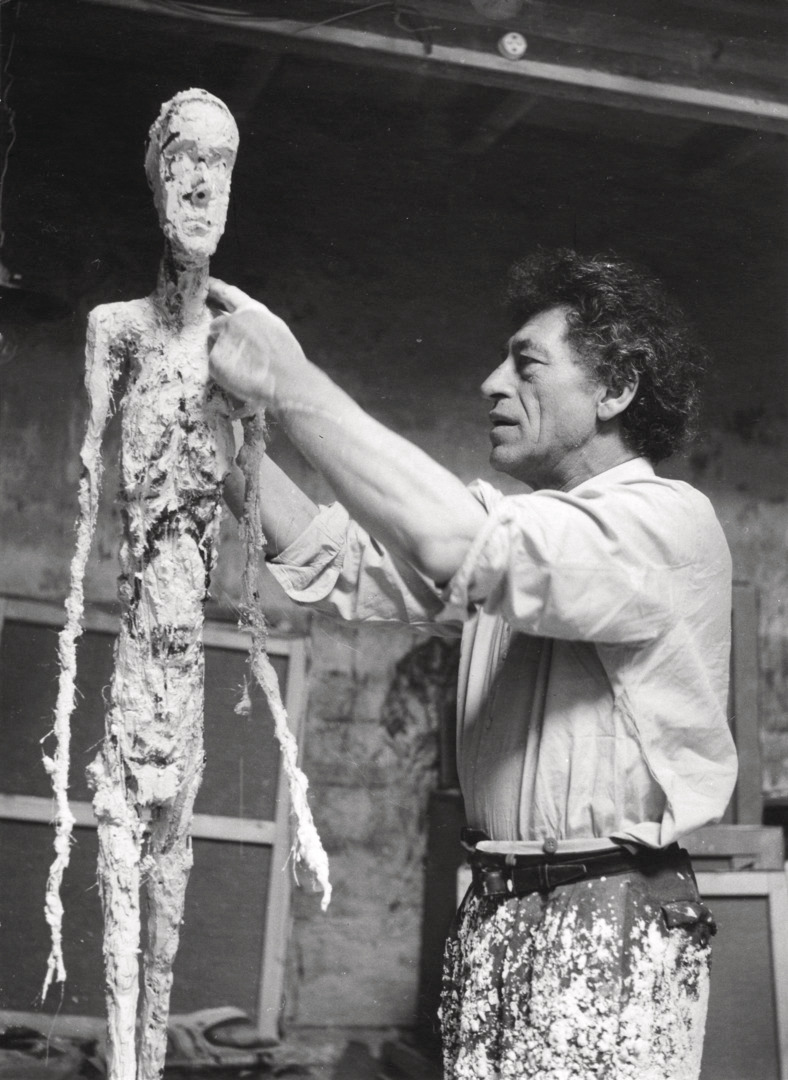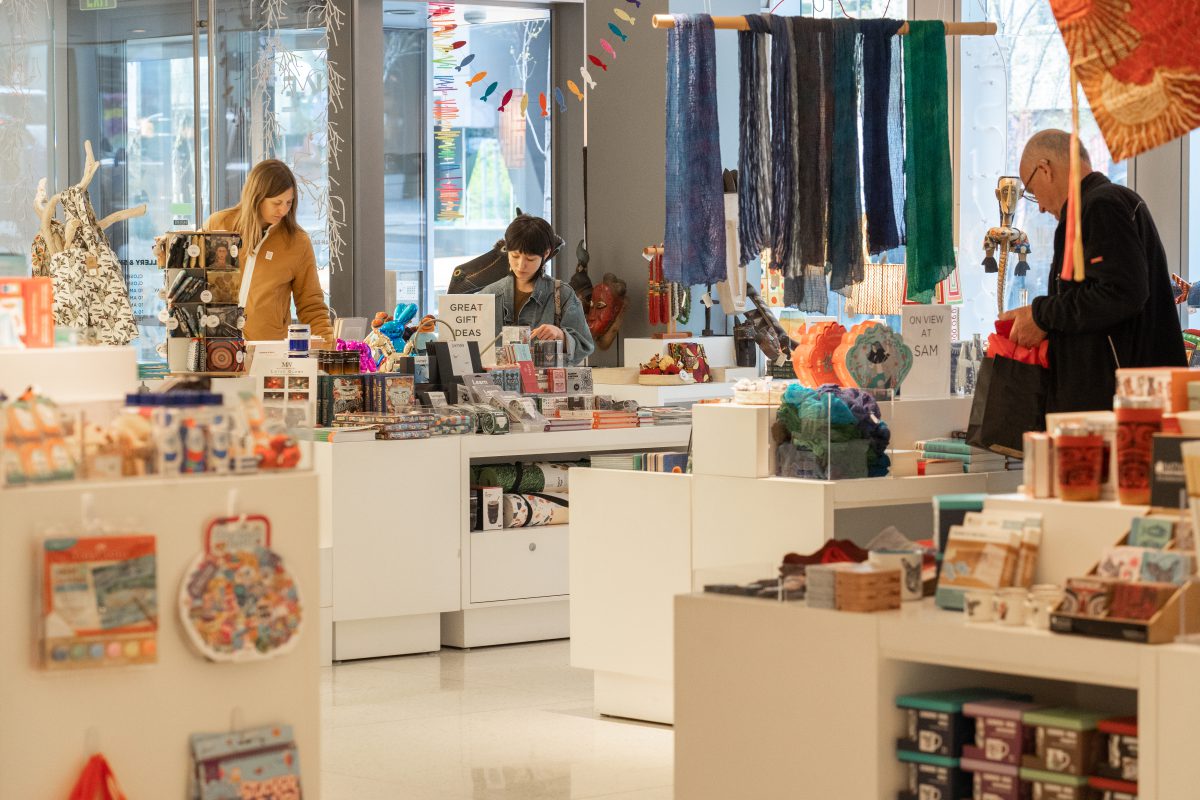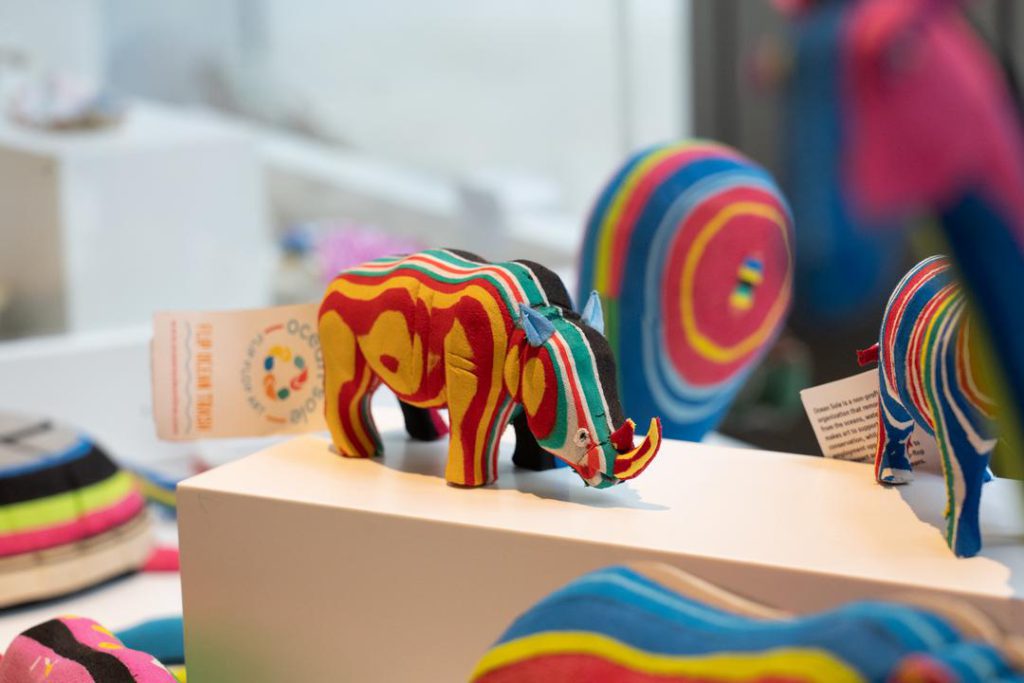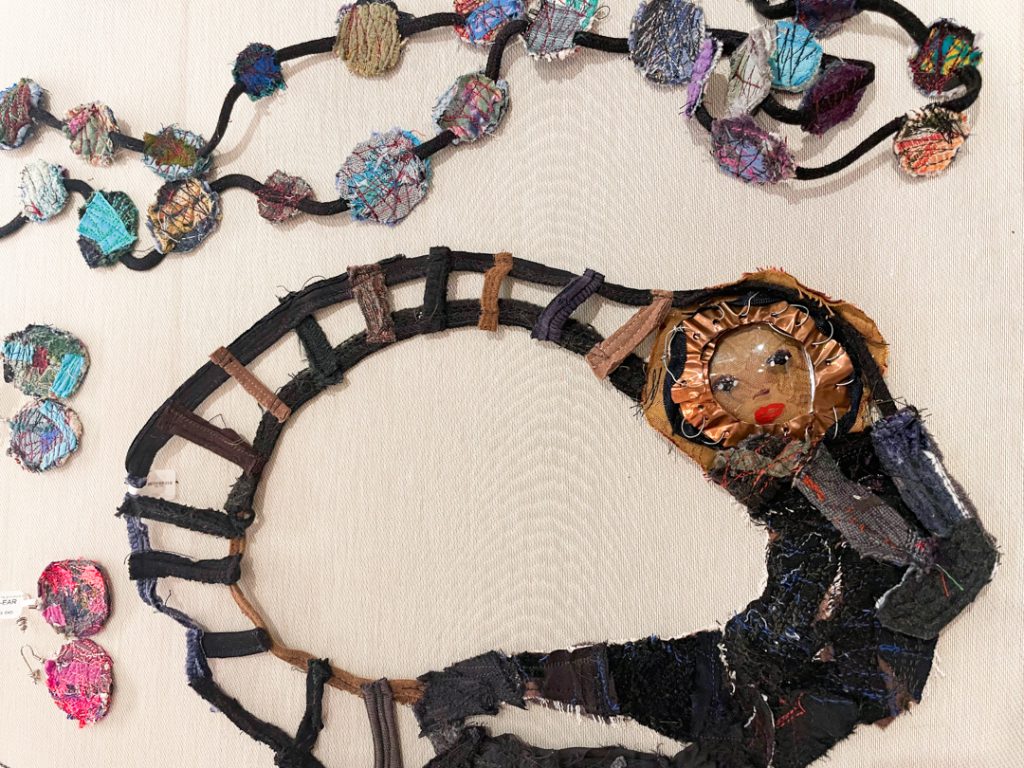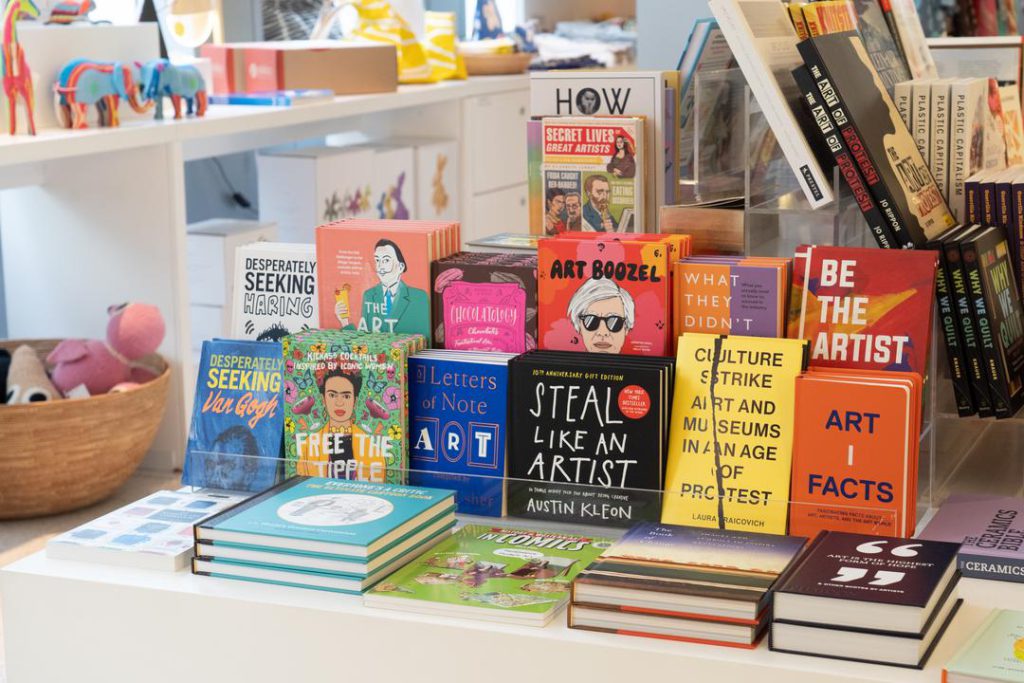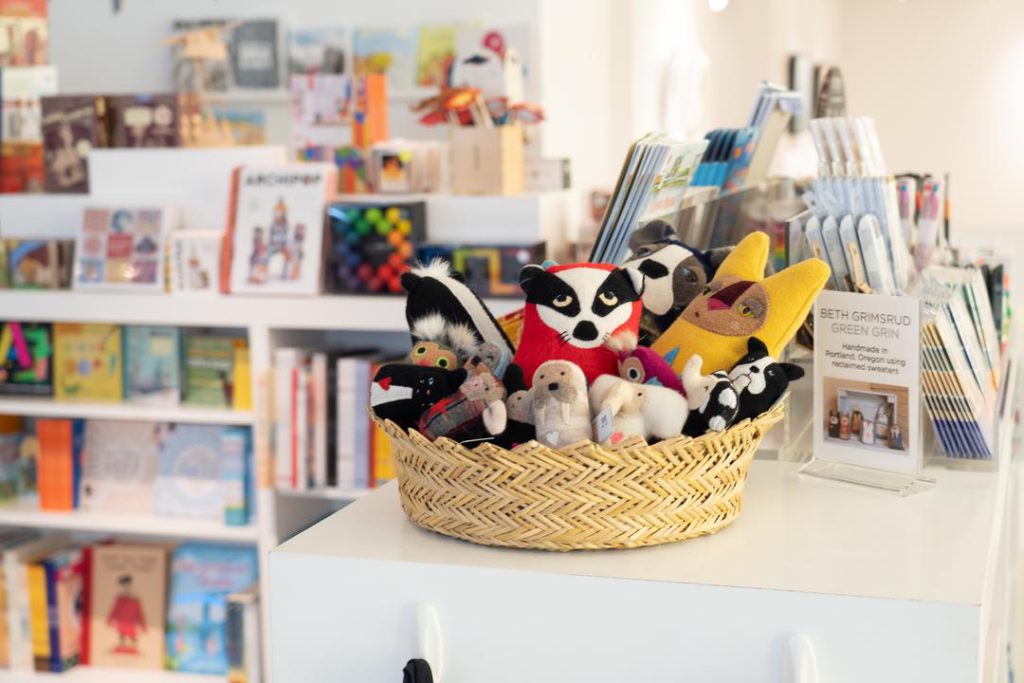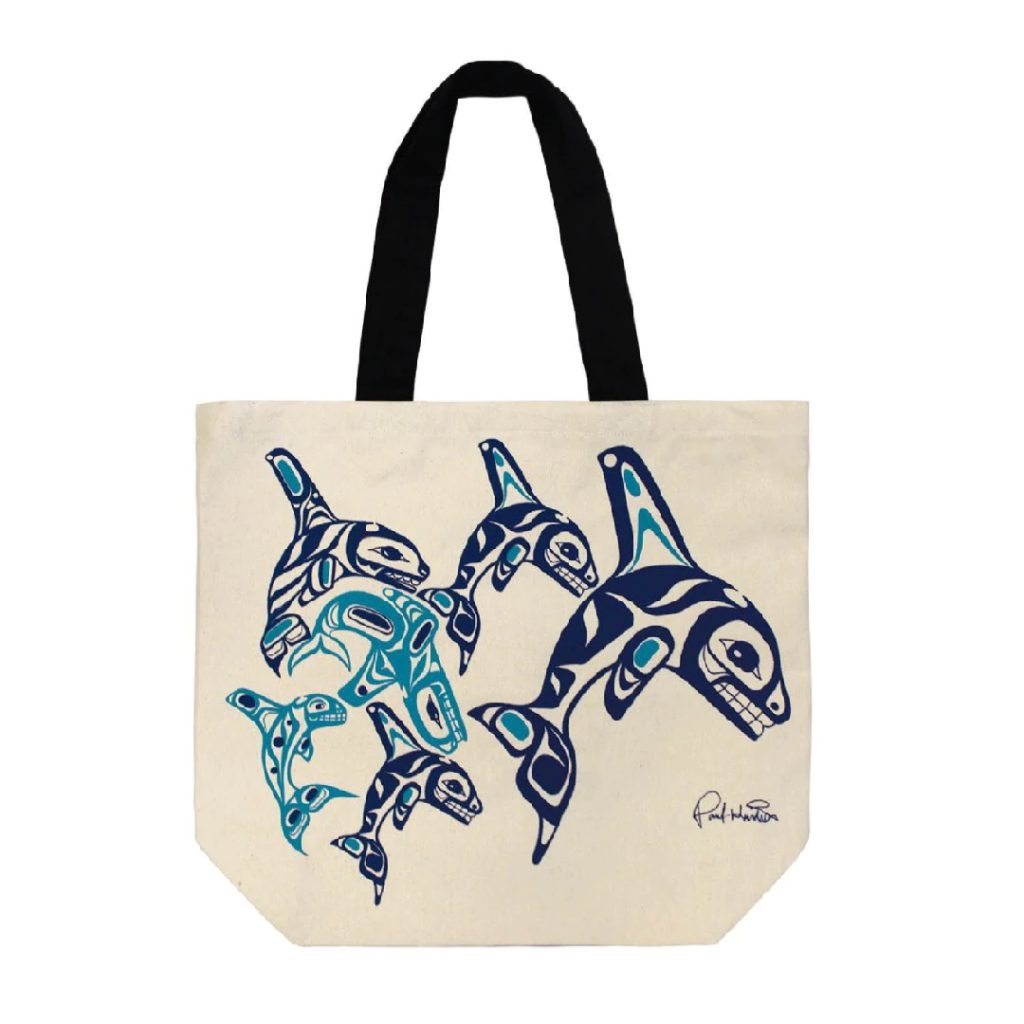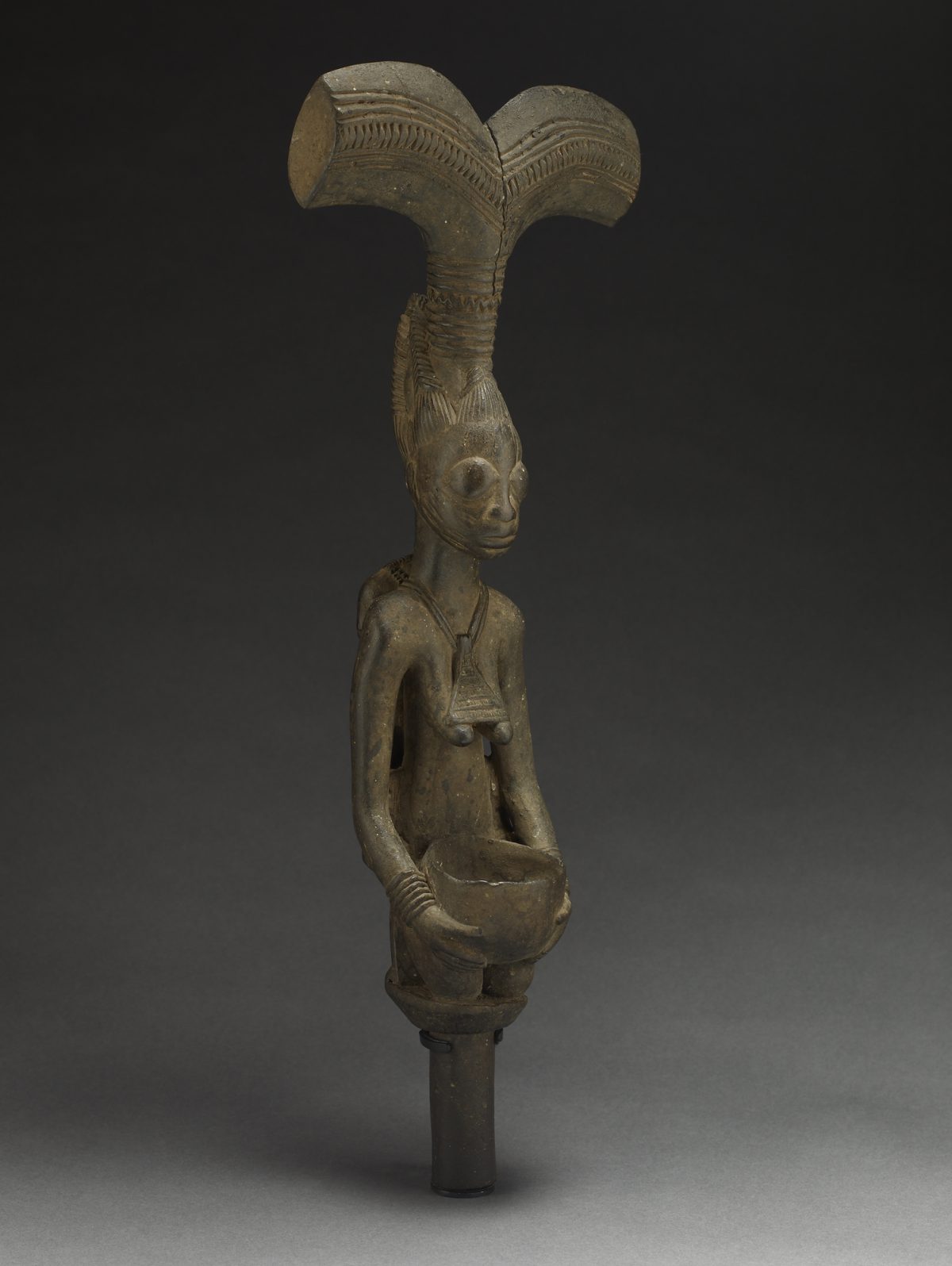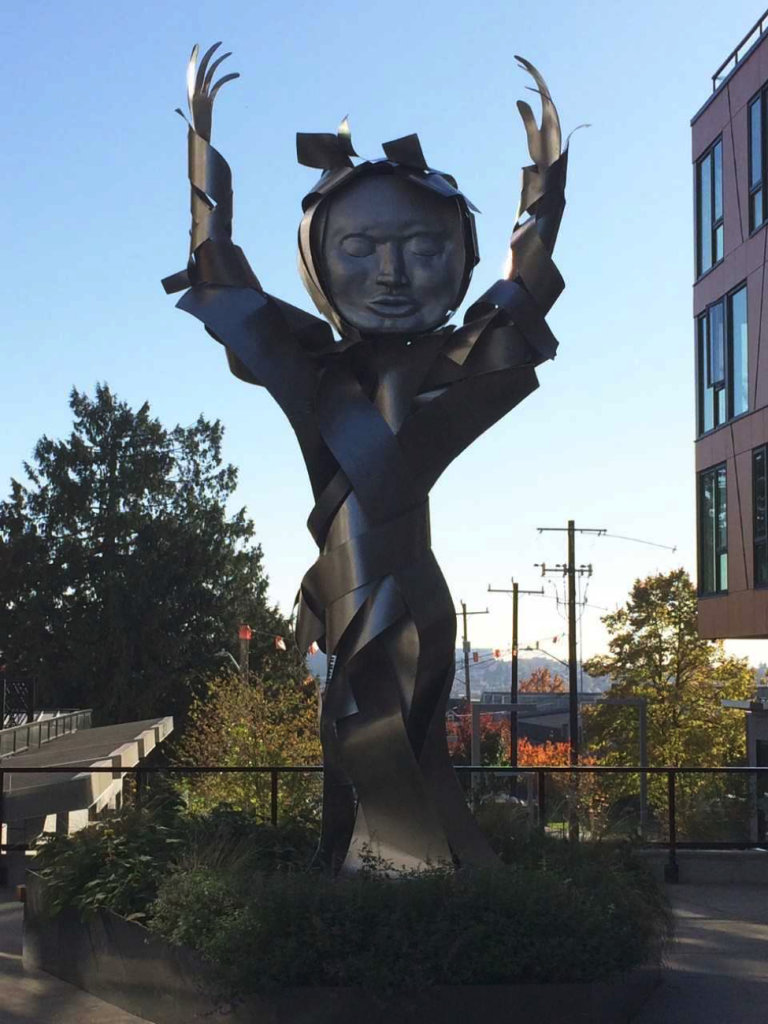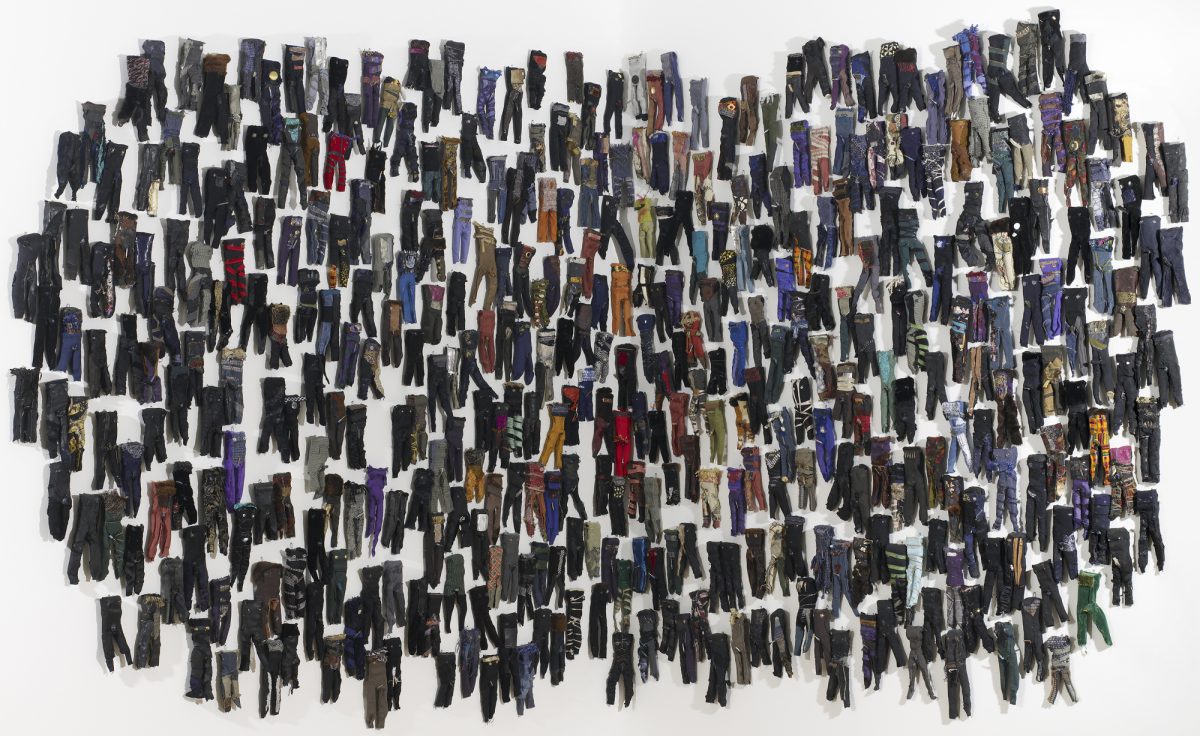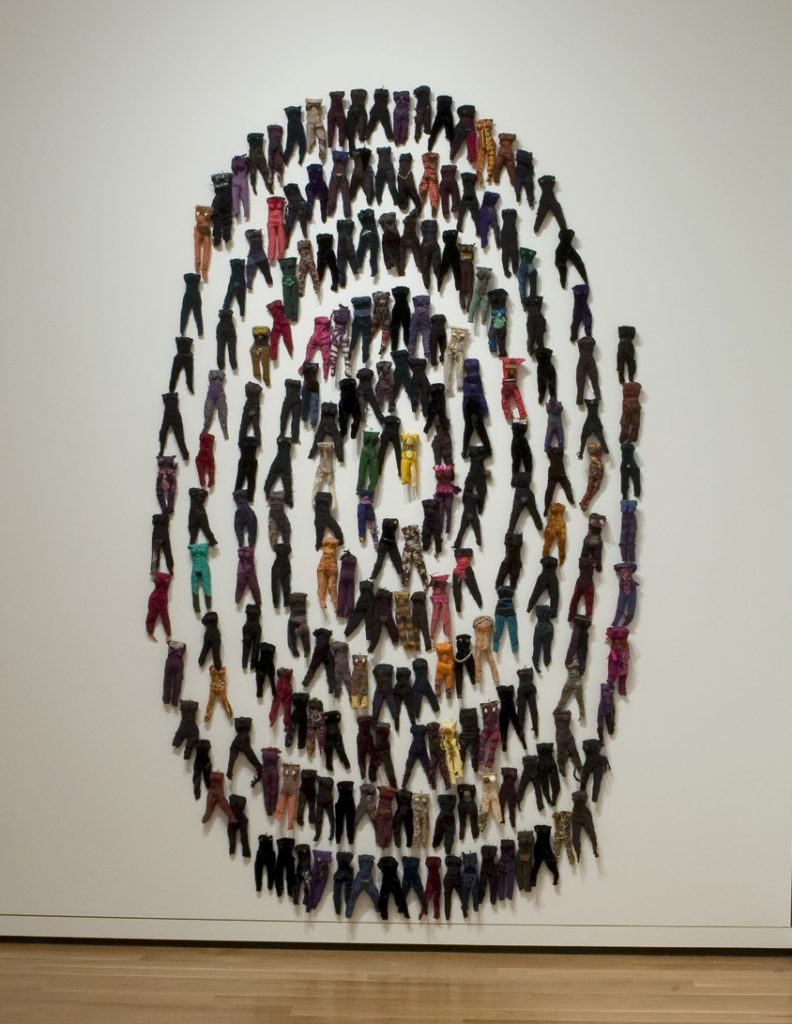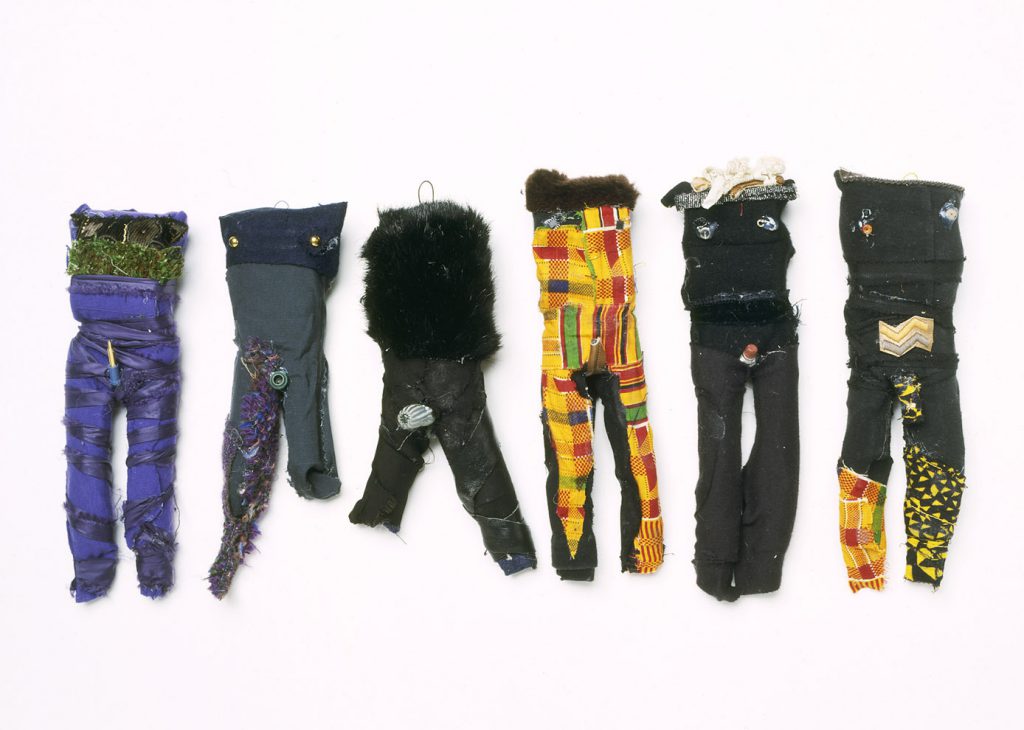Muse/News: Heroic Art, Eco-Feminist Trash, and Harlem at the Met
SAM News
Anida Yoeu Ali: Hybrid Skin, Mythical Presence is now on view at the Seattle Asian Art Museum. For NW Asian Weekly, Kai Curry highlights Ali’s experiences bringing sculptural garments to life in real-world contexts.
“As a society, we don’t talk enough about the heroism of artists. Of what an artist like Ali risks in order to ask the hard questions—and to force the public to ask them as well. Strip searches, theft, violence…These interactions, though surreal, are real. They give the artist and the audience insight into who the artist is—but also into who we are.”
Via Karen Ho for ARTnews: “A Vast Gift of Calder Sculptures Could Change the Seattle Art Museum—and the Surrounding City—Forever.”
Kids at home? Yulia Fiala for Seattle’s Child has you covered with “21 fun things to do for midwinter break”—including a visit to Calder: In Motion, The Shirley Family Collection.
Local News
KING5 Evening interviews artist Juliana Kang Robinson about her special edition Seattle Kraken logo created for Lunar New Year. Robinson is a teaching artist with SAM, and you can also see her work on the crosswalk art at First and University.
Via Jadenne Radoc Cabahug for Crosscut: “From 2020 to now: 4 Seattle Black activists reflect on their work.”
In the latest edition of “Artists to Know,” The Seattle Times’ Margo Vansynghel profiles Marita Dingus and her sculptures made of discarded materials. Her work is in SAM’s collection.
“Saving these materials from the landfill isn’t just a means to a waste-reducing end: Dingus considers herself an environmental, feminist artist steeped in African American art traditions and a belief in ecological and racial justice.”
Inter/National News
Artnet’s Brian Boucher on a witty gesture rendered in an asparagus stalk by Édouard Manet.
Via Holland Cotter of The New York Times: “The Met Aims to Get Harlem Right, the Second Time Around.”
“The museum isn’t framing the show as an institutional correction, though how can it be viewed otherwise? At the same time, it’s more than just that. It’s the start — or could be — in moving a still-neglected art history out of the wings and onto the main stage.”
And Finally
“The dog who deserves an Oscar.”
– Rachel Eggers, SAM Associate Director of Public Relations
Photo: Abbey Road, The Red Chador: Genesis I, Main St. & 102nd Ave, Bellevue, Washington, USA, 2021, Anida Yoeu Ali, Cambodian American, b. 1974, archival inkjet print, Image courtesy of the artist, © Studio Revolt, photo: Dylan Maddux.
